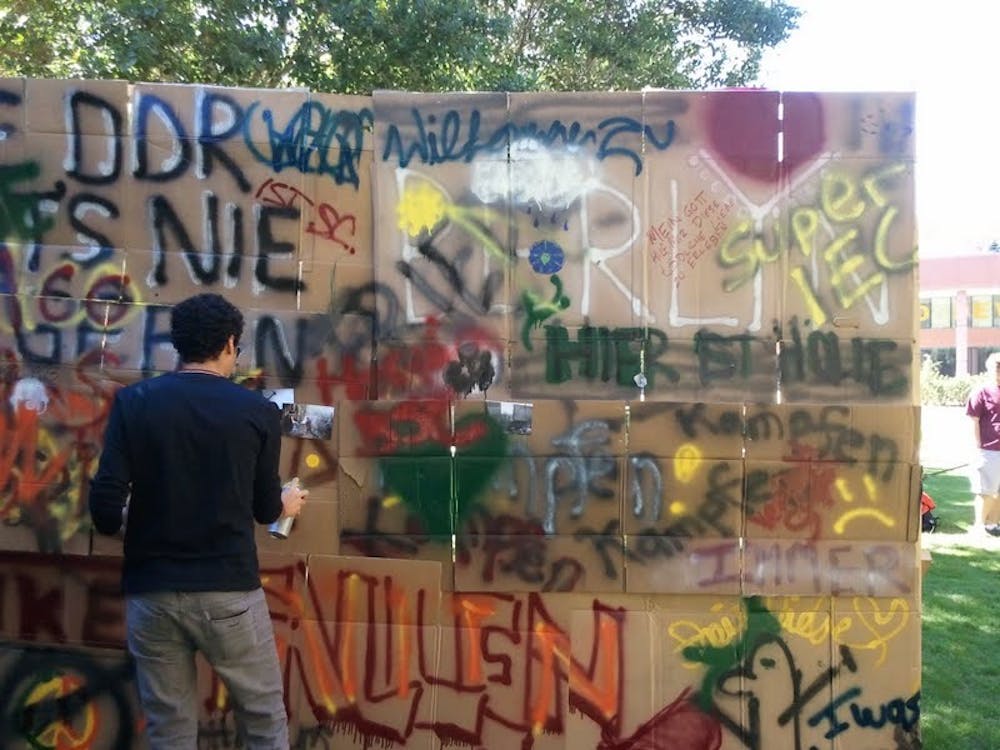When I read that the ASU German Devils club was having a Stammtisch last Thursday night at Rula Bula on Mill Avenue, I looked up a translation to find out what this meant. The German to English translation dictionary I looked through defined it as ‘crackerbarrel,’ and since this was still beyond my vocabulary, I decided I would go to find out more about it.
Once I was there, ASU German Devils co-president Lauren Sandground answered my questions about this new term by filling me in on the cultural background (however I still don’t know what a crackerbarrel is). The word "Stammtisch" directly translates to “stem table,” so it’s a get-together that helps people get back to their roots by being part of a community. In Germany, Stammtisch (“regulars’ table”) is a gathering of all the locals at a nearby bar where the people gossip, drink, and be merry. I also learned that some stammtisches are for specific interest groups, such as “philosophy Stammtisch” or “stamp collectors Stammtisch” (if that’s what you’re into).
The ASU German Club holds Stammtisch every other week on either a Wednesday or Thursday night at 6:30 p.m. in order to bring together German language students and anyone who is interested in German culture. German studies faculty at ASU is invited so they can add their own knowledge to the discussion, too.
During the dinner, people at the table talked about German current events and German culture, and as to be expected, some of the discussion was in German. During this time I mirrored the reactions of the people around me or took the opportunity to give my full attention to the appetizer I ordered.
But I also talked with the members about the language clubs’ soccer tournament and a paintball showdown with the Russian Club. (According to one of the members of the club, paintballing against the Russian Club resulted in the German Devils’ complete destruction. The soccer game against the Italian Club had a similar outcome).
The ASU German Club holds other activities to promote the German language and culture by holding a monthly German film movie nights (with English subtitles) and hosts their own events, such as St. Nikolas Tag Tag during Christmastime. They also participate and volunteer in Arizona Center for Germanic Cultures (AZ4GC) events, which put on Oktoberfest, Christkindlmarkt, and other German holiday events.
When I asked Sandground what makes German culture unique, she explained, “Who knew that Oktoberfest is actually celebrating a marriage or a German royal couple? The German culture is more than drinking beer, Nazis, and the Berlin Wall. It’s unique in the food that is eaten, the music and theater, and the way of life.”
The rich historical background and diversity can be overlooked, but the ASU German Devils promote the German language and culture amongst the ASU student body, so if you’d like to know more about the activities they put on, contact them at asu.germanclub@gmail.com.
If you have a suggestion for what I should check out next, email me at Mary.G.Richardson@asu.edu or follow me on Twitter at MG_Richardson.





